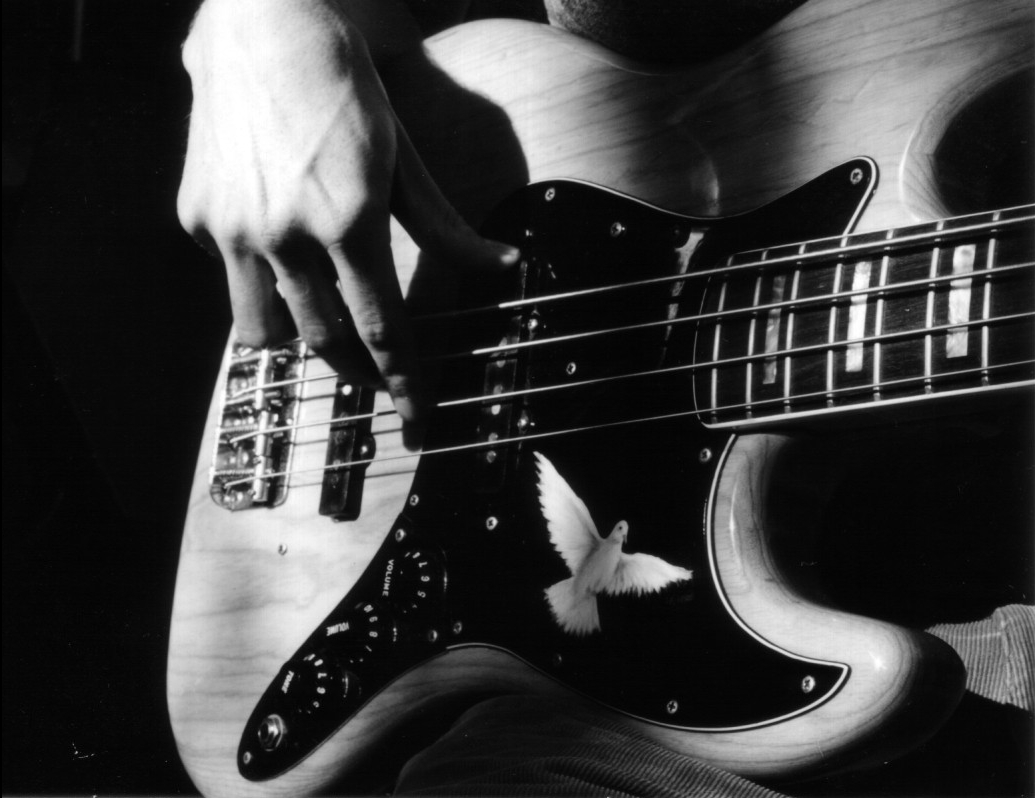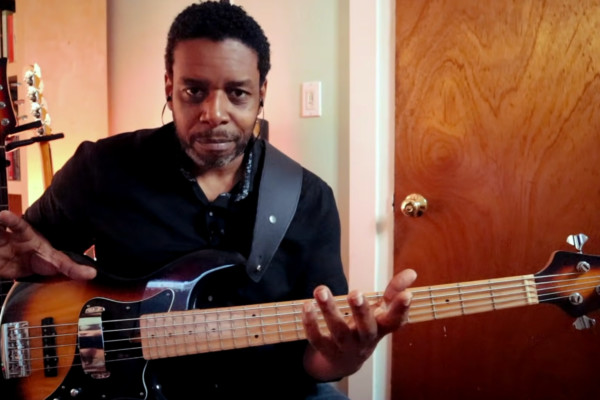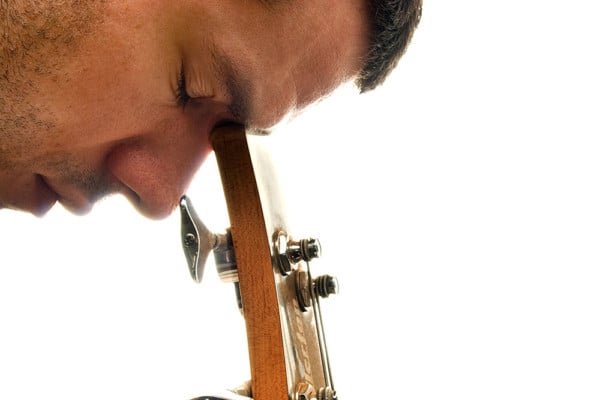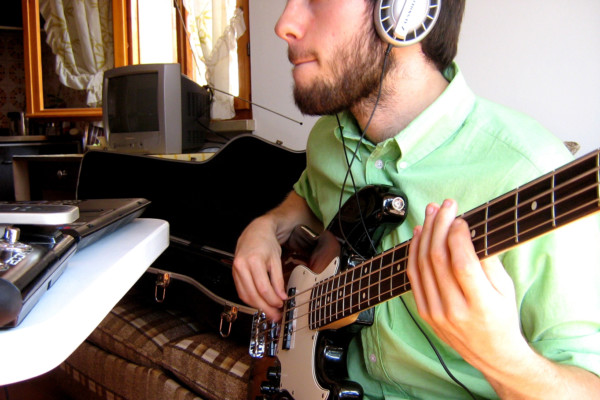Staying Creative While Practicing

Q: So I reach a point now and again where I feel like I’m not practicing musically or in a creative way. Instead, I seem to be practicing things that are useful (technique, location of notes on the fretboard, arpeggios, inversions, and scales) but the way I’m going about it feels rote and not much fun. I don’t want to burn out, and I want to improve in those areas, but am struggling to figure out how to do so in ways that actively engage me. Based on your writing and books, you’re a methodical and systematic guy. How do you stay creative while still making sure you’re covering the ins and outs of a subject?
A: Great question!
I very much know how you feel. I’d say that it’s time to get creative with it. The only way I could keep myself engaged with much of that kind of work was to put my focus into making music with the exercise. No matter what exercise you are drilling, it can be turned into actual music which will not only make it more interesting to play but will often lead to you internalizing more functional ways of using the information in a real world context.
I remember reading that many (if not all?) of the tunes on Pat Metheny’s “Bright Size Life” album began as exercises he had created for himself in some way (be they using large intervallic leaps or playing with specific types of chordal movements). I also think back to my time with the Bach cello suites which I later learned began as exercises. Indeed, much of the classical material I worked on in college was, essentially, scale studies of one kind or another.
My “go to” example of this is something that came from when I was quite young. My grandfather was forcing me to practice my major scale modes and I thought it quite possible that I was going to die of boredom. While considering ways to maim myself to have an excuse to stop, I started changing up my rhythm. This quickly turned into me getting sucked into a world where I was playing with techniques and grooves, all over one scale or another, trying to make them sound better. I quickly decided that if I could make the modes sound funky, then I could make anything sound funky. Before I knew it, I had actually practiced much more than my minimum required time and was still having fun trying to funkify the major scale. It got me exploring slapping, sound effects and playing around with dynamics combined with long and short notes to try and change the vibe of the scale. I got so focused on the sound and rhythm, that I hardly noticed that I was drilling scales into my head (and I firmly believe that they stuck more quickly, precisely because I was having fun with them and turning them into music of a sort).
Sometimes when practicing playing arpeggios or chord shapes over changes, I would switch things up and abandon tempo and try to sound jazzy by simply using the chord changes as a vehicle to try and come up with a different song. I might arpeggiate freely over the changes, slipping up and down the fretboard, grab a little chunk of the melody for a few bars and then slip into a chordal interpretation of the tune (utilizing various inversions as I could). I turned it into a game. This was especially true if the song was ‘boring’ to me. I began to realize that it was only boring because of the way I was playing it and it was up to me to get creative and make it more interesting somehow.
I also had MUCH more fun with harmonic exercises was I started to apply rhythmic exercises to them. A simple arpeggio exercise takes on a whole new dimension when you start playing with subdivisions and rhythmic groupings (and not worrying about sounding jazzy but rather enjoying the harmonic and rhythmic possibilities that a set of chord changes can afford).
So, my advice is to try and get creative with your exercises. Focus on making music, utilizing whatever set of criteria you choose (i.e.: 1st inversion arpeggios shapes, using Stella changes and playing with triplet subdivisions) and try and make some new music out of it. It doesn’t matter if you change the form of the song, stretch each chord to last a few bars and play against a doumbek loop you found online, find a way to have fun with it!
- Search for some precision loops online. I have albums and folders of percussion and drum loops from all over the world. These are GREAT for turning any harmonic exercise into a groove session.
- Pick a less familiar scale and try and write a dozen different grooves and/or licks using just the notes of that scale (with some cool backing loops)
- Try and use what you’re learning about inversions and ‘reharmonize’ a tune from the real book.
- Write a song using only related modes of a scale (utilizing chordal inversions, arpeggios, etc.)
- Try and figure out a way to play a snare drum marching piece on one note (great rhythmic workout) and then apply arpeggios over changes to that rhythm (forcing you to move around the fretboard)
Basically, take what you know, combine it with what you are trying to internalize and then focus on creating something fun to play (and maybe even fun to listen to). You are only limited by your imagination. Practice doesn’t have to be boring and, in fact, it works in our favor if it isn’t boring. The more engaged we are in the process, the more we’ll get out of it. Switch it up!
Have a question for Damian Erskine? Send it to [email protected]. Check out Damian’s instructional books, Right Hand Drive and The Improviser’s Path.



